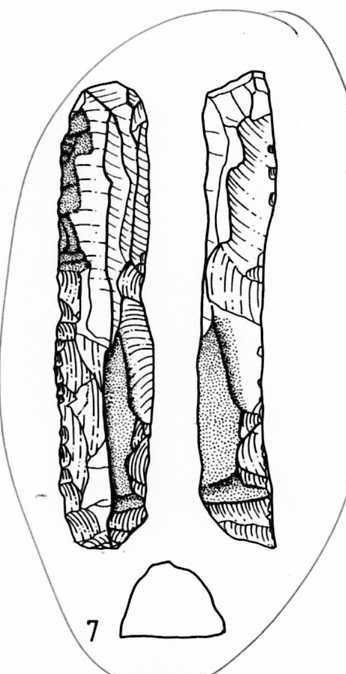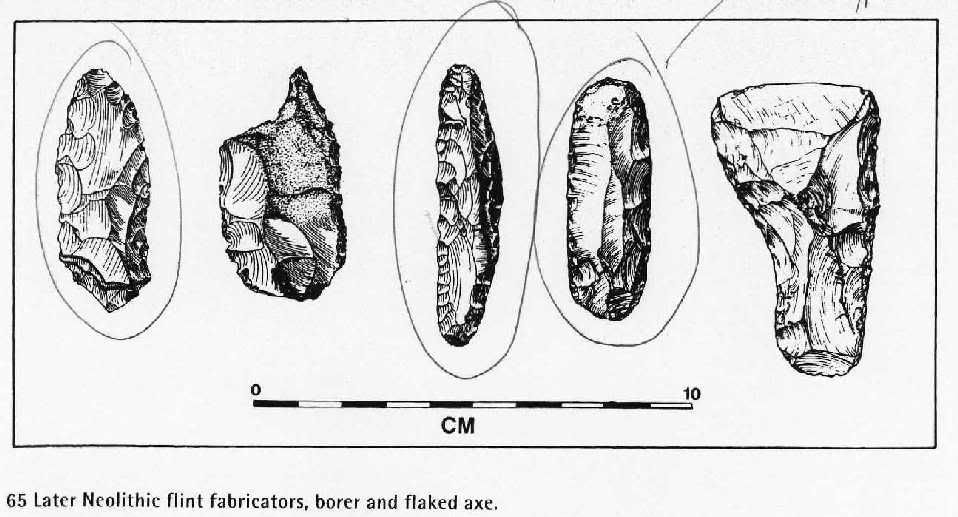Right, this arose from another thread about prehistoric technology - it made me realise how much I don't know...
All you flint and steel fans out there might be able to help with an age-old archaeological mystery (well I think it is anyway). Have you ever thought about whether there would be any advantage to using a particularly shaped piece of flint?
There's a type of implement mainly found on Neolithic sites in the UK called a 'fabricator' (see photos). It's long been assumed to be associated with firelighting. I think this connection has been made because they seem to have been repeatedly struck with something 'hard', but not in a way intended to remove other flakes.
Do you see any real purpose to their shape in relationship to striking a steel? Or a lump of iron pyrites if you were neolithic...


What do you think?
Cheers,
Rod
All you flint and steel fans out there might be able to help with an age-old archaeological mystery (well I think it is anyway). Have you ever thought about whether there would be any advantage to using a particularly shaped piece of flint?
There's a type of implement mainly found on Neolithic sites in the UK called a 'fabricator' (see photos). It's long been assumed to be associated with firelighting. I think this connection has been made because they seem to have been repeatedly struck with something 'hard', but not in a way intended to remove other flakes.
Do you see any real purpose to their shape in relationship to striking a steel? Or a lump of iron pyrites if you were neolithic...


What do you think?
Cheers,
Rod
